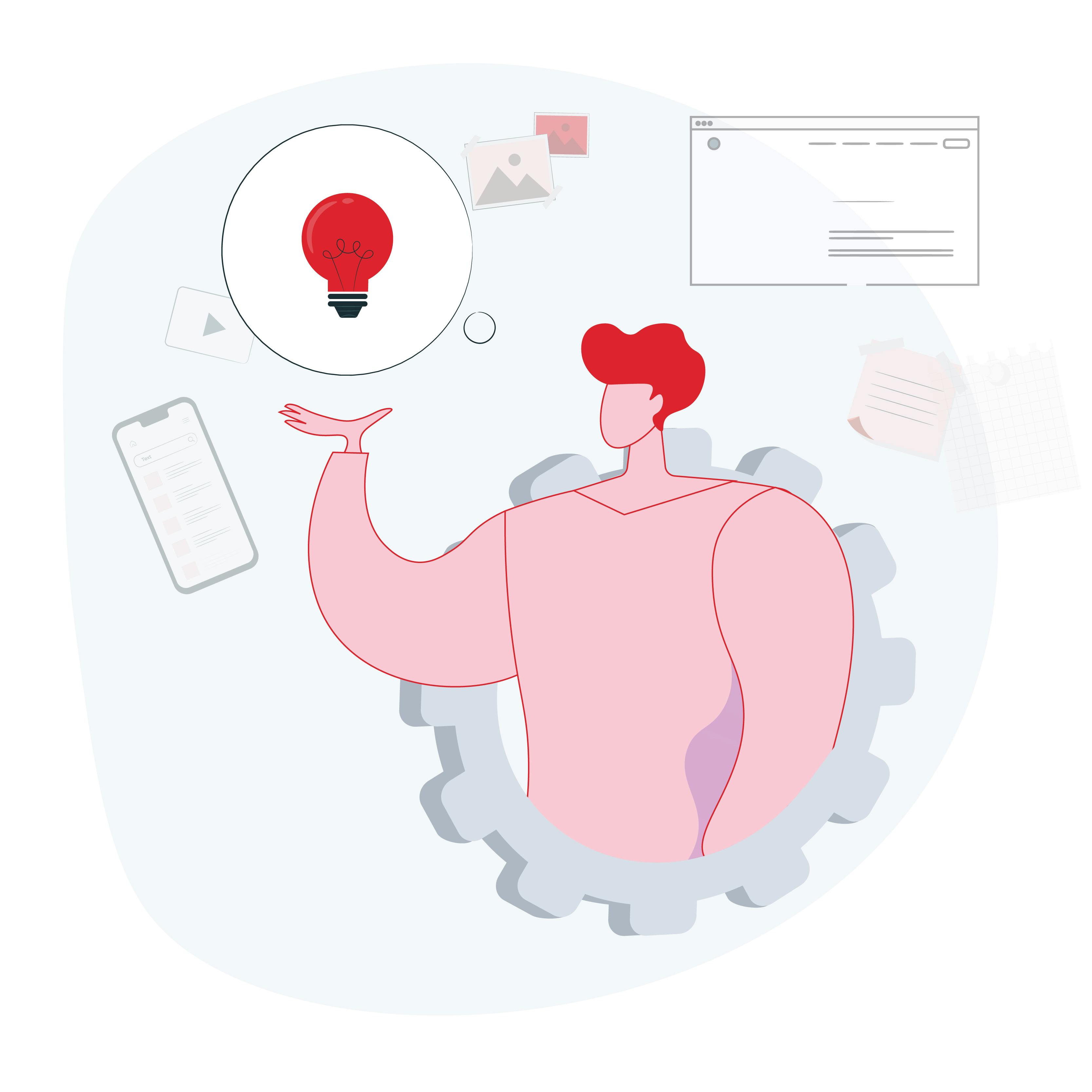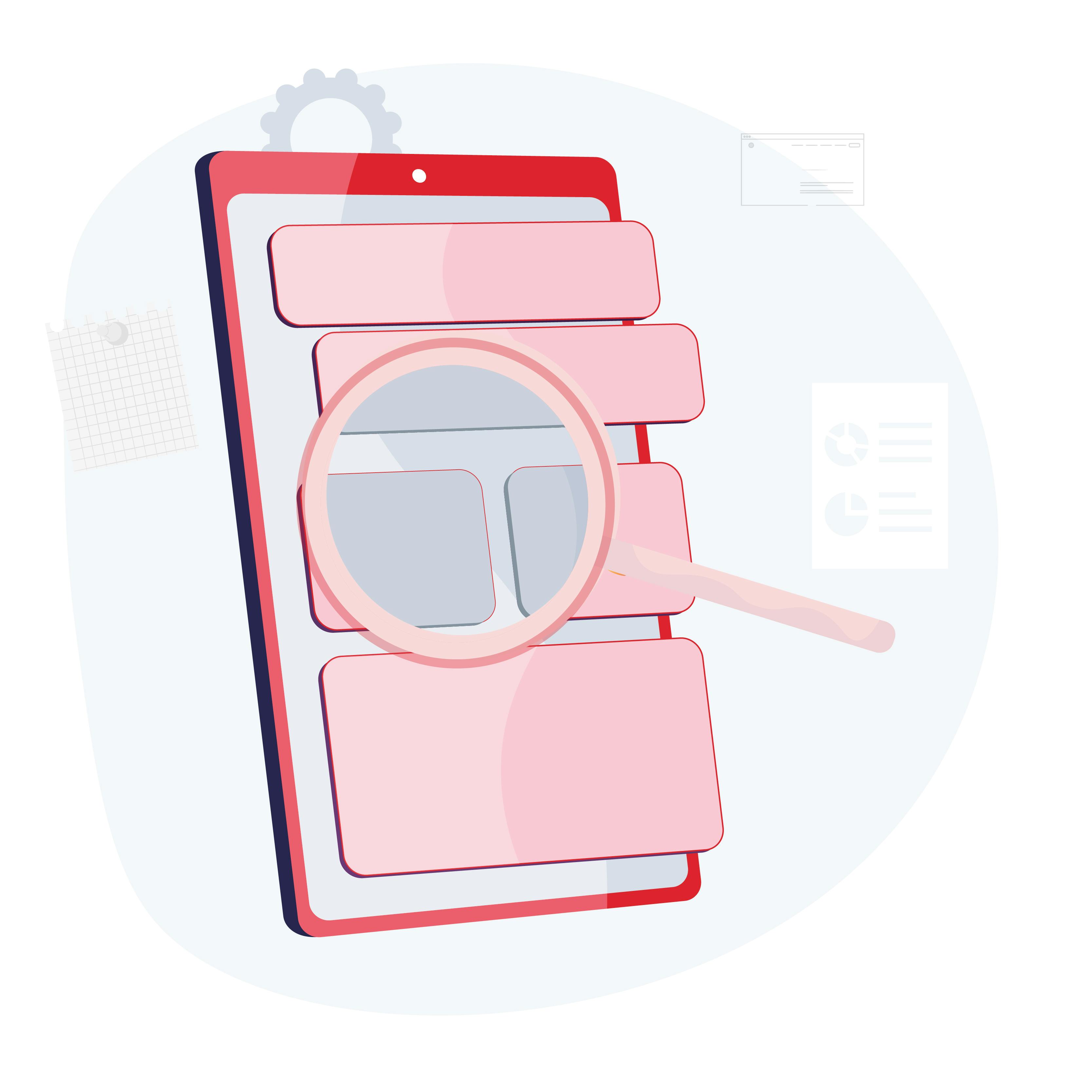Effective Communication: The Lifeline of Product Development
Author

Date

Book a call
“Effective communication is 20% what you know and 80% how you feel about what you know.”
One of the most important skills to have is the ability to effectively converse; and to achieve that it is of extreme importance to listen and understand what’s being said. It is important to keep in mind that,more than delivering a message, it is integral to focus on how the message is being communicated to the receiver. Communication is what builds a strong team and it is absolutely essential for the team members to have a strong rapport with each other as this is what helps the unit run as a well-oiled machine while also instilling a sense of purpose. Frequent communication also helps team members build intrapersonal relationships which can have a direct effect on productivity and in turn, the efficiency of the organisation.
How does effective communication impact product development?
Over the course of the past year, we have witnessed a global shift where most business processes were adapted to the remote working style. Let’s take into consideration an example where a product manager working in tandem with a tech lead fails to give out significant information or context to the rest of the team while only mentioning the general features. This causes discrepancies in the way the information is perceived causing the productivity of the team to plummet.
Building anything from scratch is hard and when there are multiple heads working together on the same project, it is key to brainstorm and discuss various ideas to derive the best possible outcome. Product development is quite a complex procedure and the importance of having functional relationships can’t be stressed enough to help the team to leverage its technical expertise better! It is absolutely crucial for the PM and TL to work together as a unit forming a dynamic duo who can lead the team to the best possible outcome.

One of the best ways to achieve this is to plan and hold meetings at regular intervals where each individual member of the team can come forward and share their progress, as this helps to assess the development of the project at every given stage. It is absolutely essential for managers to be clear-cut with their messages and to establish the roles of each team member distinctly. They should also have the ability to set realistic milestones or goals for each person handling the project.
Agile methodology is a popular methodology which is being used globally for its raging success. In this paradigm, the goals are set as sprints where at the completion of each sprint, challenges from it are addressed before moving on to the next step. This helps to address any identified problems at an early stage. Digital platforms are another boon that can assist the team to stay connected better and streamline information of the project. With the help of the plethora of mediums available today like Slack, Trello, GoToMeeting and Wimi, it has become quite effortless to keep track of the progress while making the segregation of information much simpler.
Effective communication for organised product development
Building a product is a complex procedure and there are multiple stages involved in the process. Let’s take a look at how effective communication betters each phase of product development:
1. Bringing Stakeholders on the same page
The first stage of developing any product requires brainstorming for various ideas. This is the most pivotal stage of product development as it lays out the foundation of the course the project would take. This is the stage in which a product’s functional and performance requirements are defined. It is important for the team to hold thorough discussions as this allows collaboration of thoughts and helps come up with ideas at a faster rate. Plan and structure your information accordingly so that the message is delivered in the best possible way. This is also where the vision of the product is conveyed to all the stakeholders. You need every team that has a role to play in the execution of your plans to be on the same page. Any deviations or miscommunications can steer people away from the goal and lead to undesired, if not disastrous results.
The previous point bleeds down into this next stage of product development, where the ideas that are generated are further debated, screened and best ones are picked out. It is important that the discussions take place are open and clear, as this will save the team the time and effort of pursuing a possibly futile idea. In this stage of developing a product, the potential success of an idea is reviewed and surveyed from various angles to see the feasibility of the idea. Post this, the requirements are assembled to lay out a skeleton plan for the development phase in business requirement documents (which should be elaborate and all-rounded).

3. Conceptualizing the plan
Now that the idea is set in place, it is time to conceptualise the best possible way to take the idea forward. In this process, it is integral for the team to conduct thorough research as this will ascertain certain factors like the marketability of the product, the features to be implemented, etc. This requires team members to hold constant discourses to formulate the apt strategy for building the product. Conceptualisation of a product involves various factors such as understanding the consumer base, testing the viability of the ideation while providing a detailed version of the product idea and how to take it forward. It is critical that this process is handled with utmost care as it will determine the entire outcome of the final development process.
4. Building the final product
As we come down to actually building up the product, it is highly unlikely that the first try at building the optimum product would be successful. Initially, it is prudent to build up a prototype to get a fair idea of how the product would look like. If the prototype meets the requirements, it's time to finally start work on the product. It is in this phase that designs are created and the product development goes in tandem with the design plan. Thorough quality checks are to ensure that the product meets all the requirements. At this stage it is extremely critical for the team to hold regular standups to discuss the progress of the product as well as to fix any lags that might arise during the course.
Conclusion
The importance of effective communication in the building of any product is such that the entire success of the project is solely dependent on how the team has come together as a unit to drive it forward. One of the major things that we are proud of is that as a leading application development organisation with many globally esteemed partners, we have maintained a strong feeling of community within the organisation which has been one of the direct determinants of our success over the years and we shall strive to continue this over the coming times as well!
Dive deep into our research and insights. In our articles and blogs, we explore topics on design, how it relates to development, and impact of various trends to businesses.





